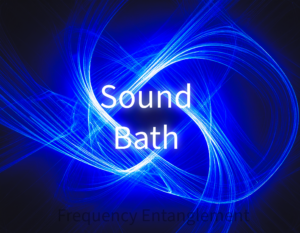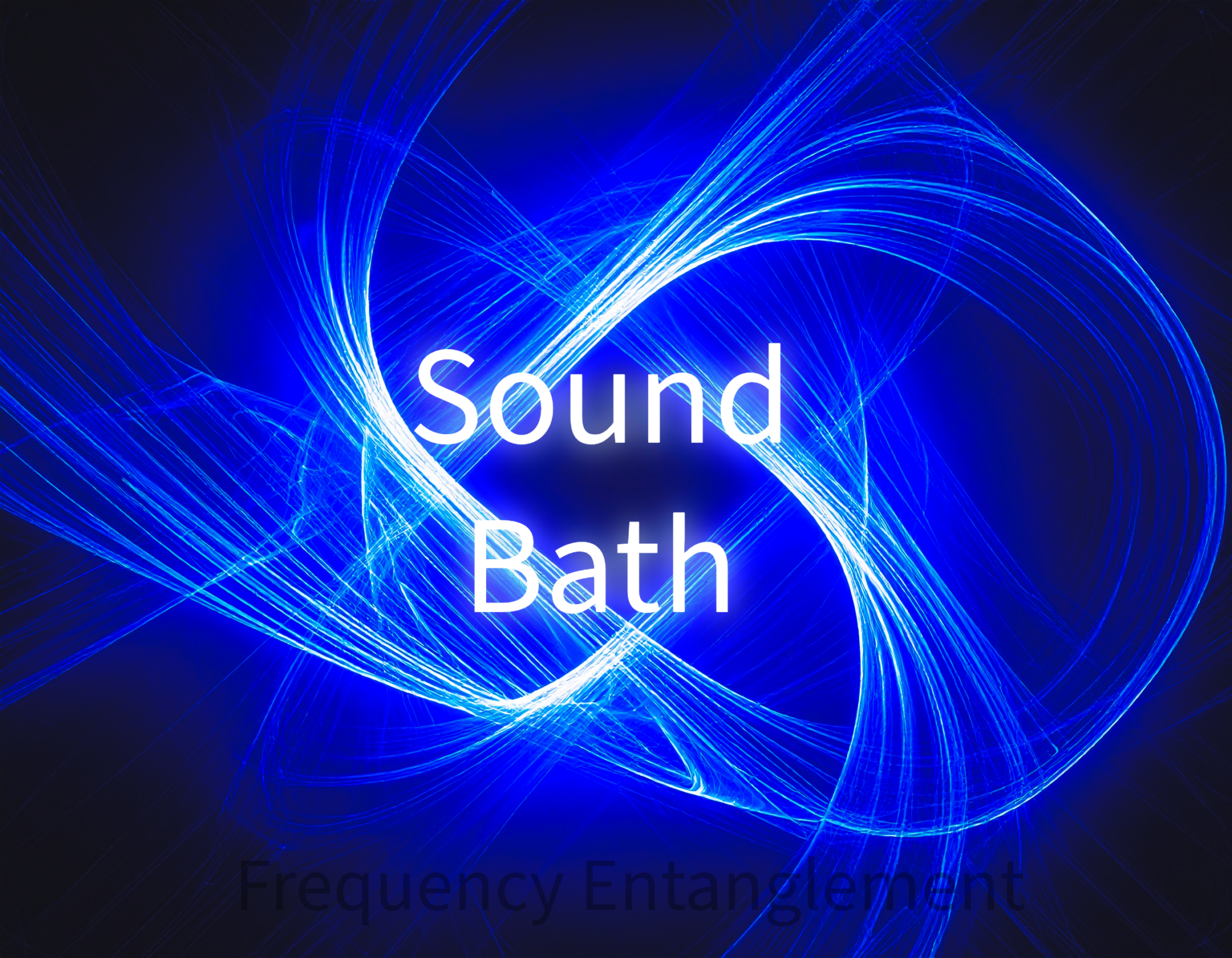A sound bath is a meditative and therapeutic experience where participants are immersed in sound waves produced by instruments such as singing bowls, gongs, chimes, drums, or tuning forks. Often described as a “bath” of sound, it involves lying down or sitting comfortably while a practitioner plays these instruments, creating vibrations and tones that wash over the body. The goal is to promote relaxation, reduce stress, and facilitate a sense of inner calm or spiritual connection. Sound baths are rooted in ancient practices but have gained modern popularity as a form of wellness and mindfulness therapy. This exploration will delve into the history, science, practice, benefits, and cultural significance of sound baths, providing a comprehensive understanding of this unique auditory experience.
Origins and Historical Context
Sound has been used for healing and spiritual purposes across cultures for millennia. The concept of a sound bath draws from ancient traditions where sound was believed to restore balance to the body, mind, and spirit. In Tibetan and Himalayan cultures, singing bowls—metal or crystal bowls that produce resonant tones when struck or rubbed—have been used in Buddhist practices for meditation and rituals since at least the 8th century. These bowls were thought to align the chakras (energy centers in the body) and promote harmony.
Similarly, Indigenous cultures worldwide have used drums, rattles, and chants in ceremonies to induce altered states of consciousness, facilitate healing, or connect with the divine. In ancient Greece, Pythagoras explored the therapeutic effects of music and sound, believing that specific frequencies could harmonize the soul. The Aboriginal peoples of Australia have used the didgeridoo for thousands of years, its deep vibrations believed to have healing properties.
The modern sound bath, as it’s known today, emerged in the 20th century, blending these ancient practices with New Age spirituality and holistic wellness. In the 1970s and 1980s, the rise of yoga and meditation in the West created fertile ground for sound-based therapies. Practitioners began offering group sessions where participants could experience the immersive effects of sound, often in yoga studios or wellness centers. Today, sound baths are a staple in the global wellness industry, offered in settings ranging from spas to corporate retreats.
How a Sound Bath Works
A typical sound bath lasts 45 minutes to an hour, though sessions can vary. Participants are invited to lie down on yoga mats, blankets, or cushions, often with an eye mask or pillow to enhance relaxation. The practitioner, sometimes called a sound healer or facilitator, plays a variety of instruments, creating a layered soundscape. The experience is passive—participants are not required to do anything except listen and relax.
The instruments used in a sound bath are chosen for their ability to produce sustained, resonant tones. Common ones include:
-
Tibetan Singing Bowls: These metal bowls, made from alloys, produce a rich, harmonic sound when struck or circled with a mallet.
-
Crystal Singing Bowls: Made from quartz crystal, these bowls emit clear, piercing tones and are often tuned to specific frequencies associated with chakras.
-
Gongs: Large metal discs that create deep, reverberating sounds, often described as cosmic or otherworldly.
-
Tuning Forks: Precision instruments that produce pure tones, sometimes used to target specific areas of the body or energy fields.
-
Chimes and Bells: These add lighter, melodic tones to the soundscape.
-
Drums: Frame drums or hand drums may be used to create rhythmic, grounding vibrations.
-
Voice: Some practitioners incorporate chanting, humming, or vocal toning, such as the “Om” sound.
The practitioner plays these instruments in a sequence, often intuitively, allowing the sounds to overlap and create a continuous flow. The vibrations are both heard and felt, as the sound waves interact with the body. Participants may experience the session differently—some describe it as a journey through shifting emotions or mental imagery, while others simply feel deeply relaxed.
The Science Behind Sound Baths
While sound baths are often framed in spiritual or energetic terms, there is growing scientific interest in their effects on the body and mind. The experience can be understood through several physiological and psychological mechanisms:
-
Vibration and Resonance: Sound is a vibration that travels through air and interacts with the body. The human body is largely water, making it an excellent conductor for sound waves. These vibrations may stimulate tissues, organs, and cells, potentially promoting relaxation at a cellular level. Some researchers suggest that sound vibrations can influence the nervous system, encouraging a shift from the sympathetic (fight-or-flight) state to the parasympathetic (rest-and-digest) state.
-
Brainwave Entrainment: Sound baths may influence brainwave activity, guiding the mind into meditative or restorative states. Brainwaves oscillate at different frequencies depending on mental state—beta waves (13-30 Hz) are associated with alertness, alpha waves (8-12 Hz) with relaxation, and theta waves (4-8 Hz) with deep meditation or light sleep. The repetitive, low-frequency sounds of gongs or singing bowls can entrain the brain to slower frequencies, promoting calmness and introspection.
-
Stress Reduction: Studies on music therapy and sound interventions show that calming sounds can lower cortisol levels, reduce heart rate, and decrease blood pressure. A 2016 study published in the Journal of Evidence-Based Complementary & Alternative Medicine found that a one-hour sound bath with Tibetan singing bowls significantly reduced tension, anger, and fatigue in participants.
-
Auditory Stimulation and Emotional Release: The immersive nature of a sound bath can bypass the analytical mind, allowing suppressed emotions or memories to surface. This can lead to catharsis or a sense of emotional clarity, similar to the effects of guided meditation or mindfulness practices.
While empirical research on sound baths specifically is limited, related fields like vibroacoustic therapy (which uses low-frequency sound to stimulate the body) and music therapy provide supporting evidence for their benefits. Critics argue that some claims about sound baths—such as their ability to “clear energy blockages” or “heal DNA”—lack scientific backing and rely on anecdotal reports. Nonetheless, the subjective experience of relaxation and well-being is widely reported.
Benefits of Sound Baths
Participants and practitioners report a range of physical, mental, and emotional benefits from sound baths. While individual experiences vary, common benefits include:
-
Stress and Anxiety Relief: The calming effect of sound can reduce symptoms of stress and anxiety, offering a respite from daily pressures.
-
Improved Sleep: Many participants report better sleep quality after a sound bath, likely due to its relaxing effects on the nervous system.
-
Enhanced Meditation: For those who struggle with traditional meditation, sound baths provide an accessible entry point, as the sound guides the mind into a meditative state.
-
Pain Reduction: Some anecdotal reports suggest that sound vibrations can alleviate chronic pain or tension, possibly by relaxing muscles and improving circulation.
-
Emotional Healing: Sound baths can evoke powerful emotions, helping participants process grief, trauma, or other unresolved feelings.
-
Increased Mindfulness: The immersive experience encourages present-moment awareness, fostering a sense of connection to oneself and the environment.
Sound baths are generally considered safe for most people, though those with sound sensitivities, epilepsy, or certain mental health conditions (such as severe PTSD) should consult a practitioner or healthcare provider beforehand.
Cultural and Spiritual Significance
In addition to their therapeutic applications, sound baths hold cultural and spiritual significance for many. In spiritual contexts, sound is often seen as a bridge between the physical and metaphysical realms. For example:
-
In Hinduism and Buddhism, sound is considered a primal force of creation, embodied in the concept of “Nada Brahma” (the universe is sound). The chanting of mantras like “Om” is believed to align the practitioner with universal energy.
-
In shamanic traditions, rhythmic drumming or chanting is used to enter trance states, facilitating communication with spiritual realms.
-
In New Age philosophy, sound baths are often linked to concepts like chakra balancing, aura cleansing, or raising vibrational frequencies.
For some, sound baths are a secular practice, valued purely for their relaxing effects. For others, they are a deeply spiritual experience, fostering a sense of unity with the cosmos or a higher power. This versatility makes sound baths appealing to a wide audience, from wellness enthusiasts to spiritual seekers.
Sound Baths in Modern Wellness
The rise of sound baths reflects broader trends in the wellness industry, which has embraced holistic practices like yoga, meditation, and mindfulness. Sound baths are now offered in diverse settings, including:
-
Yoga Studios and Retreats: Sound baths are often paired with yoga or meditation sessions to deepen relaxation.
-
Wellness Centers and Spas: Many spas offer sound baths as a luxury treatment, sometimes combined with massage or aromatherapy.
-
Corporate Wellness Programs: Companies are incorporating sound baths into employee wellness initiatives to reduce workplace stress.
-
Online Platforms: During the COVID-19 pandemic, virtual sound baths became popular, with practitioners streaming sessions via Zoom or YouTube.
-
Festivals and Events: Music and wellness festivals often feature sound bath experiences, sometimes in large group settings.
The accessibility of sound baths has also increased, with apps and recordings available for home use. However, purists argue that live sessions, where participants feel the physical vibrations of the instruments, offer a more profound experience.
Criticisms and Controversies
Despite their popularity, sound baths are not without critics. Some skeptics question the scientific validity of claims about energy healing or chakra alignment, arguing that the benefits are primarily placebo-driven. Others point to the commercialization of sound baths, noting that the wellness industry often markets them as a trendy commodity, sometimes at high prices. Cultural appropriation is another concern, as practices rooted in Indigenous or Eastern traditions are repackaged for Western audiences without proper acknowledgment or respect.
To address these issues, ethical practitioners emphasize education, cultural sensitivity, and transparency about the limits of sound baths. Many also offer sliding-scale pricing or community sessions to make the practice more inclusive.
How to Experience a Sound Bath
For those interested in trying a sound bath, here are some tips:
-
Find a Reputable Practitioner: Look for facilitators with training in sound therapy or music therapy. Check reviews or ask for recommendations.
-
Choose the Right Setting: Decide whether you prefer a group session, private session, or virtual experience. Group sessions are often more affordable and foster a communal energy.
-
Prepare for the Experience: Wear comfortable clothing, bring a yoga mat or blanket, and arrive with an open mind. Avoid heavy meals or caffeine beforehand.
-
Set an Intention: Some participants find it helpful to set a mental intention, such as releasing stress or seeking clarity.
-
Be Patient: The experience may feel unfamiliar at first, and effects can vary from session to session.
If attending a live session isn’t feasible, recordings of sound baths are widely available online, though they may lack the tactile vibrations of in-person events.
Conclusion
A sound bath is a multifaceted practice that blends ancient wisdom with modern wellness, offering a unique way to relax, reflect, and reconnect. Whether viewed as a therapeutic tool, a meditative journey, or a spiritual ritual, it taps into the universal power of sound to soothe the body and mind. While scientific research is still catching up, the anecdotal benefits—stress relief, emotional clarity, and enhanced well-being—are compelling enough to make sound baths a valuable addition to the wellness landscape. As interest continues to grow, sound baths are likely to remain a resonant force in the quest for balance and inner peace.

Discover more from Frequency Entanglement Productions
Subscribe to get the latest posts sent to your email.

